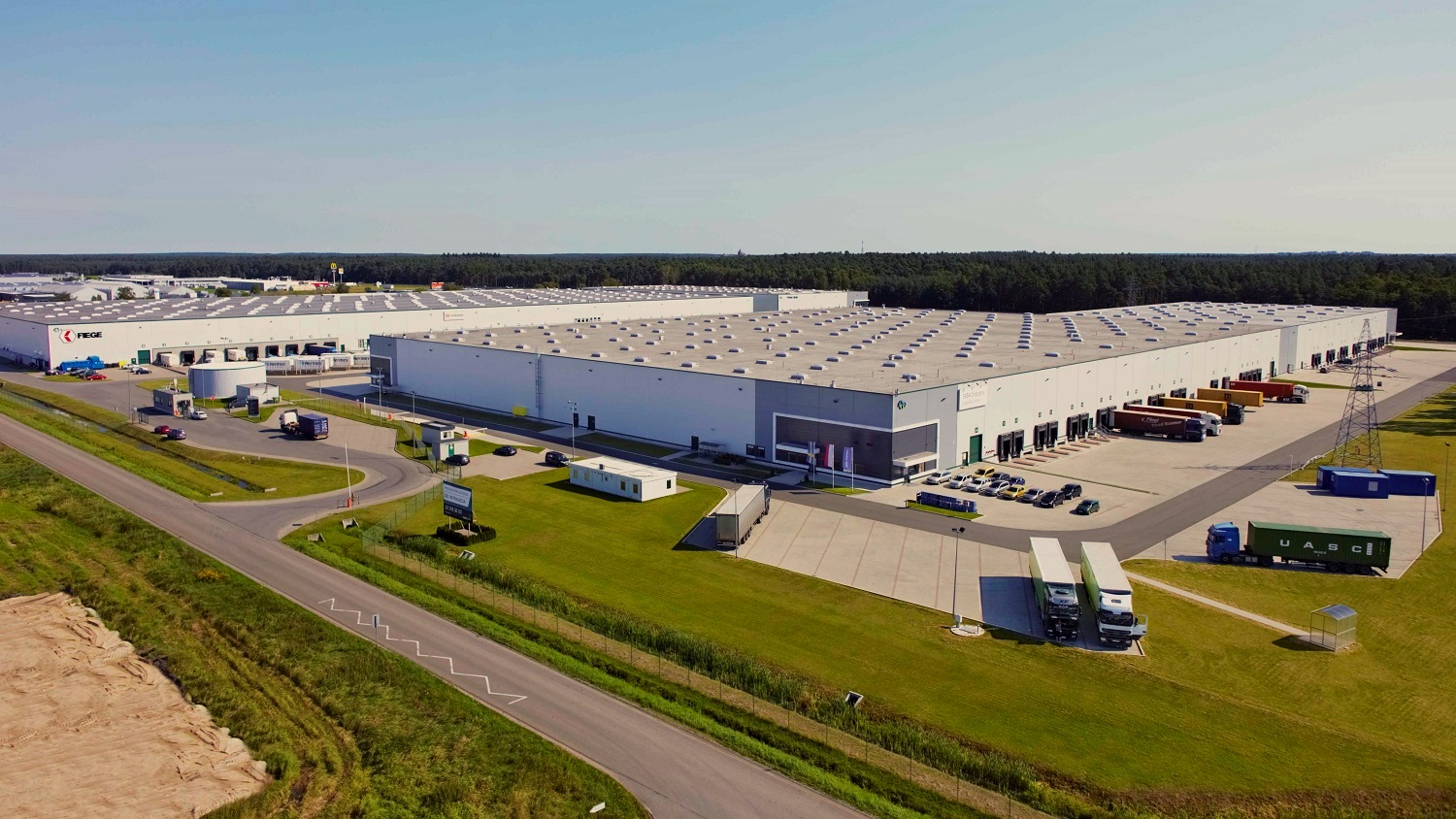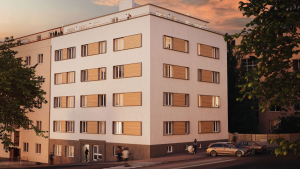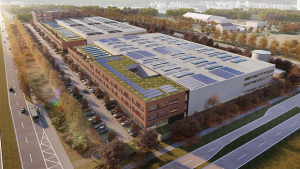
In 2021, Poland's warehouse market recorded another outstanding result. The seven most important highlights included a record-breaking volume of investment transactions, take-up, and space under construction. The total industrial stock at the end of December 2021 amounted to more than 25 million sqm, with the vacancy rate indicating only 3.72%.
„In 2021 yet again we have witnessed pushing the limits to a new record on the Polish warehouse market. We’ve recorded several spectacular lease transactions of over 100,000 sqm., where the e-commerce and logistics operators proved to be the most active players, and the boom in the market influenced new supply. From the second half of 2021, the growing costs of materials and contractors indirectly affect the increase in the asking rental rates. In 2021, the Polish warehouse market proved that every record can be set anew, and we wish that also in 2022,” says Anna Głowacz, Head of Industrial Agency, AXI IMMO.
Large portfolio transactions in the investment market
The volume of investment transactions in the commercial real estate market in 2021 amounted to €5.9 billion (+5% y/y). The warehouse sector accounted for 53% of the total demand, translating into €3 billion (+15% y/y). The largest share of capital for Polish logistic and production properties was allocated by Asian (about 30%) and American funds. Portfolio transactions dominated the structure of demand. Noteworthy is the number of closed transactions, which increased by 40% yearly. Like last year, investors were most interested in multi-format, fully leased warehouses located in the largest markets. Yields for such investments reached 5.0-5.5% in regional markets and 4.0-4.3% in the Warsaw area. There was also a lot of interest in projects from the urban logistics segment and BTS/BTO properties. The three most significant transactions included the sale of EQT Exeter's portfolio to Singapore's GIC fund (approx. 330,000 sqm), Panattoni's purchase of the Phoenix Project (285,000 sqm) by the U.S. fund Ares Management, and Elite Partners Capital's sale of the Elite Logistics Fund I property portfolio (250,000 sqm) to Blackstone.
Demand back on a record
Total tenant activity at the end of 2021 under long-term leases reached 6.8 million sqm (+31% y/y). From January to December 2021, 446,000 sqm was signed (-25% y/y) in short-term leases, resulting in an all-time market record volume of 7.25 million sqm. Over 70% of take-up was concluded in the five largest warehouse regions. The most robust leasing activity was recorded in Warsaw and its vicinity (1.2 million sqm), Poznań (1.12 million sqm), and Upper Silesia (1.1 million sqm).
E-commerce drives the warehousing market
As in the previous year, e-commerce and logistics operators' accounted for over 50% of the total take-up. The most significant transactions exceeding 100,000 sqm included two deals signed by Zalando (over 100,000 sqm in Białe Błota/Hillwood and over 140,000 sqm in Bydgoszcz/Panattoni). A confidential tenant from the e-commerce segment decided to lease 130,000 sqm in Panattoni BTS Iłowa. Furthermore, DHL, representing logistics operators, will occupy 105,000 sqm in Panattoni BTS in Poznań (Żerniki).
25 million sqm of warehouse space in Poland, still hungry for more
The total industrial stock in Poland at the end of 2021 amounted to over 25 million sqm, an increase of 26% year-on-year. From January to December 2021, developers delivered 2.8 million sqm (34% y/y), of which the largest amount was completed in the Upper Silesian market (709,000 sqm), Warsaw (over 350,000 sqm), and Western Poland (336,000 sqm). The most significant completed investments included Panattoni's BTS for Amazon (over 200,000 sqm), Hillwood Rokitno (112,000 sqm), and GLP Lędziny (111,500 sqm). In 2021, the percentage of speculative space under construction increased significantly (to approx. 50%), and large-format warehouse projects began to be built more frequently outside the main regional markets.
On the way to 30 million sqm
According to developers' there is 4.8 million sqm under construction (+152% y/y), most of which will be delivered to the market in 2022. Most of the new supply is expected to be delivered in Lower Silesia (823,000 sqm), Upper Silesia (780,000 sqm), Central Poland (770,000 sqm), Warsaw and its vicinity (698,000 sqm), and Poznań (558,000 sqm).
Vacancy rate lowest in history
Very high demand for warehouse and logistics space lowered the vacancy rate to 3.72% nationally, with the lowest figure on record since Q3 2018, when it reached 4.3%. The highest availability of space is on Upper Silesia (7.8%, down 2.4 pp y-o-y), Kujawsko-Pomorskie Voivodeship (4.77%), and Warsaw and vicinity (average 4.08% for zones I-III). At the end of 2021, there was approximately 961,000 sqm of vacant warehouse space in Poland. The largest amount of space is on Upper Silesia (345,000 sqm), Warsaw and its vicinity (234,000 sqm), and Central Poland (127,000 sqm).
Slight increase in asking rents
Since mid-2021, we have seen a slow increase in initial rental rates on the warehouse market due to high demand, limited availability of vacant space, and rising material and contractor prices. Average rates in big-box projects range between €3.0 - 3.9/sqm/month in the main markets, but Warsaw remains the most expensive location, with rents between €4.9 and €5.3/sqm/month.
Forecasts
In 2022, the Polish warehouse market may face some challenges. The main factor that will affect the sector and the overall economy is the high inflation rate. An increase in the cost of materials and construction may contribute to extending the delivery date of new supply. We expect developers to quickly find a solution to this situation. The market will continue to be stimulated by the growth of e-commerce tenants and logistics operators. The trend will affect the optimization of delivery dates to end-users and the construction of regional distribution centres in former voivodeship cities. We also expect the continuation of eco trends with meeting the assumptions and conditions of ESG (Environmental, Social and Corporate Governance) and further green certification of warehouse buildings.



